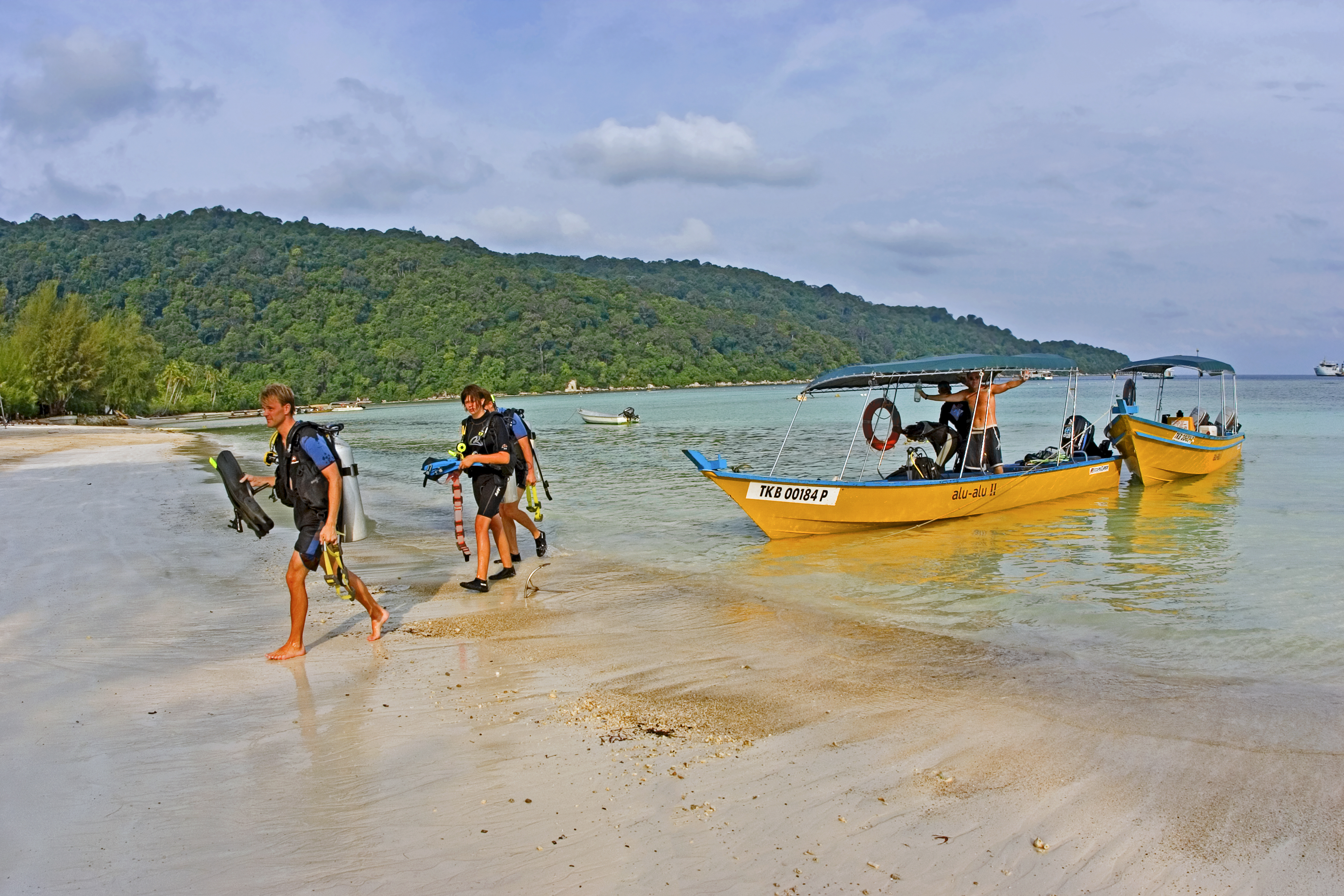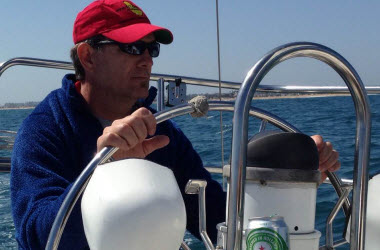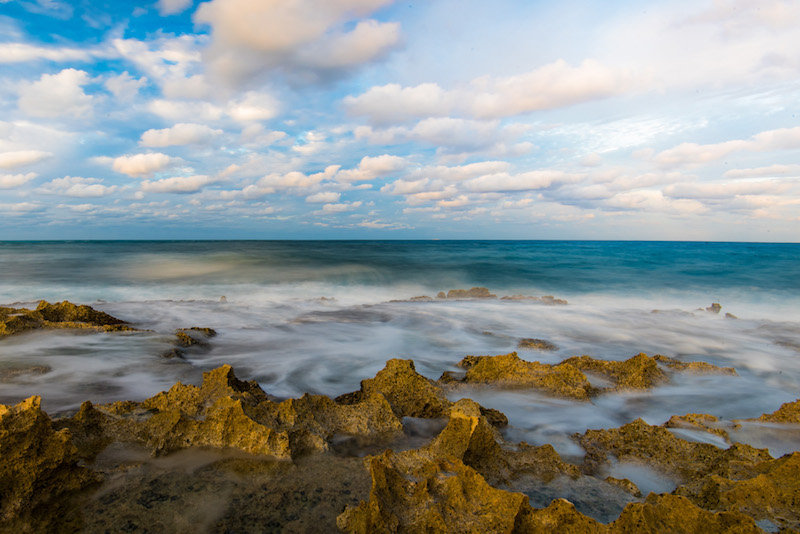November 29, 2016
As we wrap up 2016, many people are going to be reflecting on the events of the past year. The 24-hour news cycle has reported on everything from Brexit to the US election to the death of Prince, but how much have you heard about the ocean? Did you know that the ice in the arctic is actually growing?*
 Except for coastal communities, most people don’t think about the ocean except when talking about vacations or climate change. Our daily decisions and governmental policies all play a part in what happens to 70% of the world’s surface. It might not seem like much, but buying sustainably raised salmon or recycling your soda container adds up.
Except for coastal communities, most people don’t think about the ocean except when talking about vacations or climate change. Our daily decisions and governmental policies all play a part in what happens to 70% of the world’s surface. It might not seem like much, but buying sustainably raised salmon or recycling your soda container adds up.
Today there are fish, which are still in common vernacular, that are considered endangered species, such as Atlantic Halibut or Bluefin Tuna. In addition to former fish crops becoming endangered species, our laws may be shrinking the size of fish. When we impose minimum size limits for fishermen to keep fish, that means that smaller fish live and reproduce more frequently. Over time, a fish population will tend to produce smaller adults due to the artificial size constraint.
Trash is also a big problem for the ocean. Not only is trash on a beach unsightly, but it can do real harm to the ecosystems in the ocean. Microbeads in cosmetics and other plastics can break down into tiny particles in the ocean. These particles of plastic look like food to young fish, causing them to starve, greatly reducing the fish population over time.
Many people enjoy vacationing in tropical climates, snorkeling or diving, looking at the brightly colored fish and coral. A coral’s color comes from special algae living inside which convert sunlight into food for the coral.  Unfortunately, the ocean’s temperature is slowly rising, which is causing this special algae to die, leading to what is known as coral bleaching.
Unfortunately, the ocean’s temperature is slowly rising, which is causing this special algae to die, leading to what is known as coral bleaching.
It’s not all doom and gloom though. There has been pushback from consumers against cosmetic companies using plastic microbeads in their products and the companies have started using more eco-friendly alternatives. There are also resources, such as Seafood Watch, where you can find information about options for sustainable seafood. It may seem cliché at this point, but taking simple everyday steps, such as recycling or choosing paper rather than plastic at the grocery store, can help. In some cases you can help yourself in addition to the ocean. Switching from incandescent light bulbs to CFL or LED can not only save you money in the long run, but your lower electricity bill will help slow the increasing sea temperature rise.
*Salt-water sea ice is expanding during the winter, but the fresh water glaciers are still melting faster during the summer.


